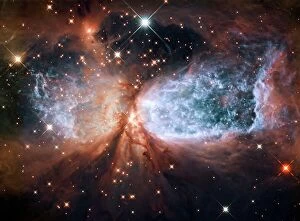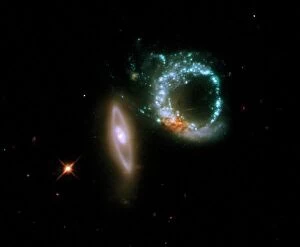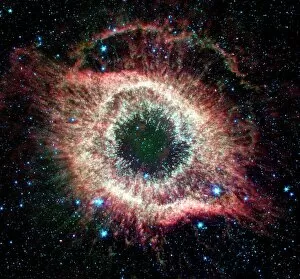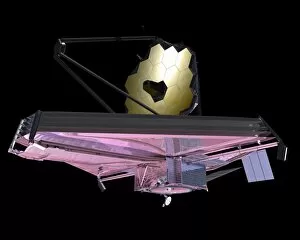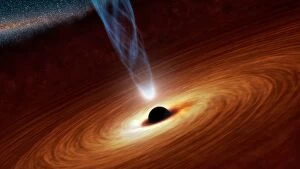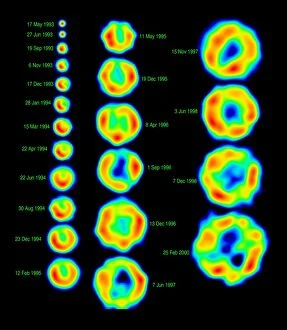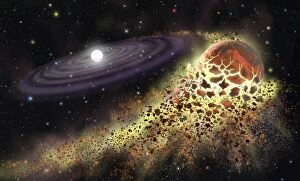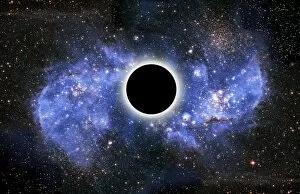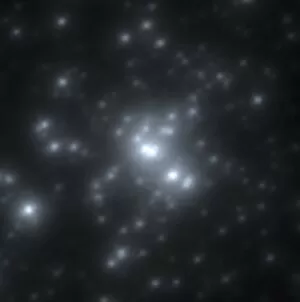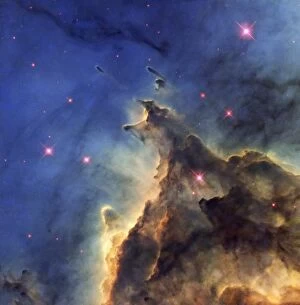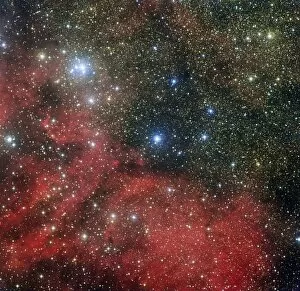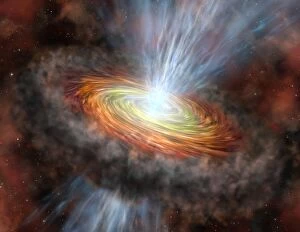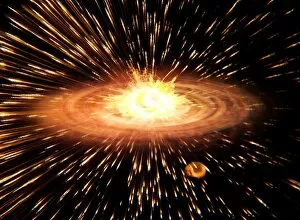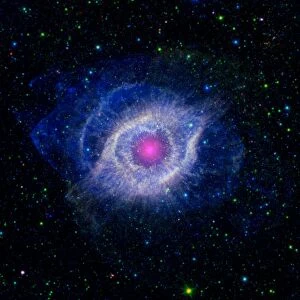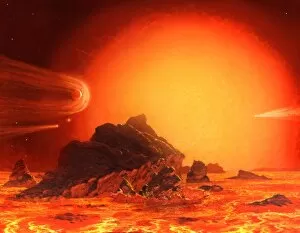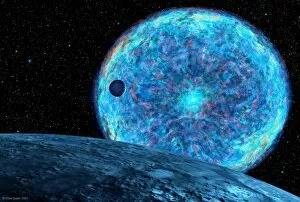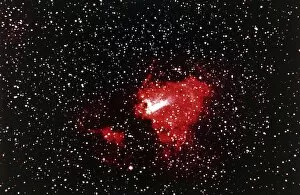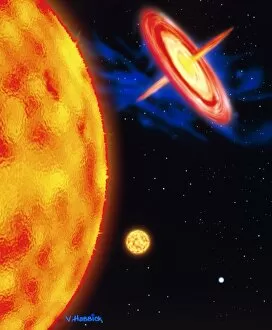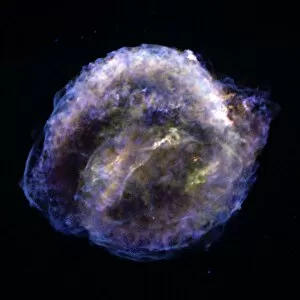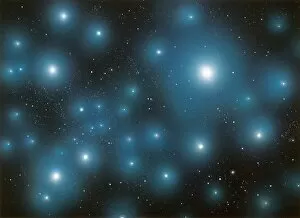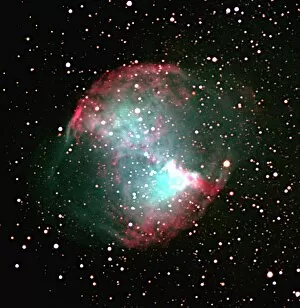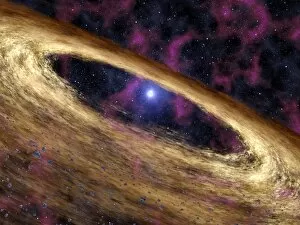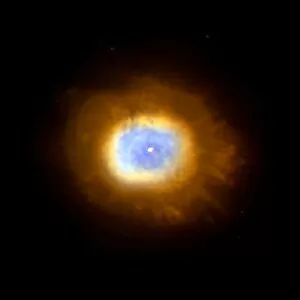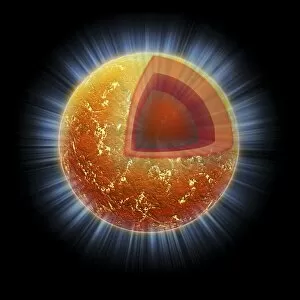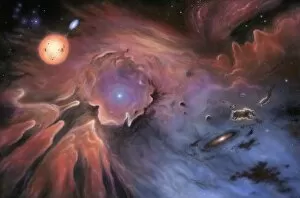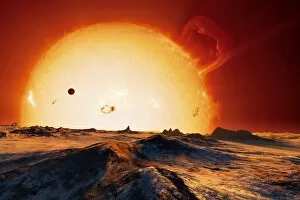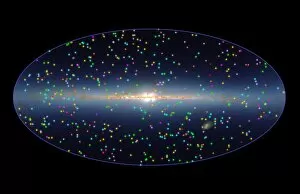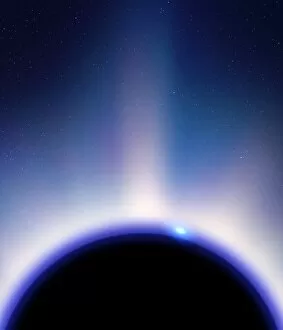Stellar Evolution Collection
"Unveiling the Cosmic Drama: A Journey through Stellar Evolution" Embark on a mesmerizing voyage into the depths of space
For sale as Licensed Images
Choose your image, Select your licence and Download the media
"Unveiling the Cosmic Drama: A Journey through Stellar Evolution" Embark on a mesmerizing voyage into the depths of space, where celestial wonders unfold and stars undergo remarkable transformations. Witness the captivating dance of creation and destruction as we explore the enigmatic phenomenon known as stellar evolution. Our odyssey commences with Nebula Sh 2-106, an ethereal beauty captured by the Hubble Space Telescope (HST). Its vibrant hues reveal a stellar nursery, where new stars are born amidst swirling gas and dust. Behold this cosmic cradle that nurtures life's celestial spark. Next, we encounter Interacting galaxies Arp 147 in another breathtaking HST image. These galactic companions engage in a gravitational tango, their intricate embrace shaping their destinies. Witness how these interactions can trigger bursts of star formation or even lead to colossal collisions that reshape entire galaxies. Venturing further into this cosmic tapestry, we stumble upon the Helix Nebula unveiled through an infrared Spitzer image. Its delicate tendrils illuminate our understanding of dying stars like our Sun—a glimpse into humanity's future fate billions of years from now when it exhausts its nuclear fuel. As we continue our expedition, imagination takes flight with artwork depicting James Webb Space Telescope—an upcoming marvel poised to revolutionize our perception of distant worlds and unravel mysteries yet unseen. The Tarantula Nebula beckons us next with its awe-inspiring composite image—a testament to nature's grandeur. This stellar nursery hosts thousands of newborn stars amidst vast clouds of gas and dust—where chaos gives birth to beauty. Delving deeper into cosmic enigmas, let us ponder black holes—the ultimate abysses devouring all light and matter they encounter—depicted vividly through stunning artwork. Marvel at X-ray binary systems where these voracious entities siphon off material from companion stars—a celestial pas de deux between two extremes.

